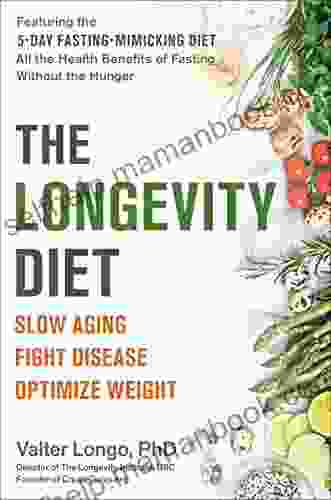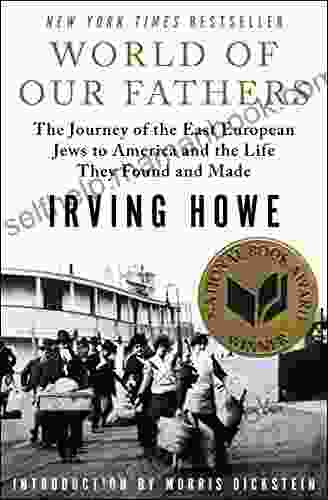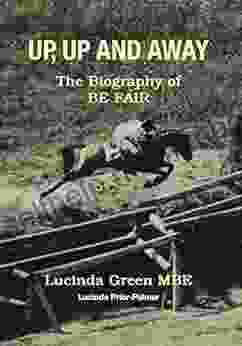Discover the New Science Behind Stem Cell Activation and Regeneration to Slow Down the Aging Process

4.5 out of 5
| Language | : | English |
| File size | : | 13359 KB |
| Text-to-Speech | : | Enabled |
| Screen Reader | : | Supported |
| Enhanced typesetting | : | Enabled |
| X-Ray | : | Enabled |
| Word Wise | : | Enabled |
| Print length | : | 317 pages |
As we age, our bodies undergo a natural process of decline. Our cells become less able to repair themselves, and our organs and tissues begin to deteriorate. This process can lead to a variety of age-related diseases, including heart disease, cancer, and Alzheimer's disease.
However, recent advances in stem cell research have provided new hope for slowing down the aging process and preventing age-related diseases. Stem cells are unspecialized cells that have the ability to develop into any type of cell in the body. This makes them a valuable tool for repairing damaged tissue and regenerating organs.
How Stem Cells Work
Stem cells reside in small niches within various tissues of the body. When tissue damage occurs, stem cells are activated and migrate to the site of injury. There, they differentiate into specialized cells that can repair the damaged tissue.
The process of stem cell activation and regeneration is controlled by a complex network of genes and signaling molecules. Recent research has identified a number of key factors that can influence stem cell activity.
Factors that Influence Stem Cell Activation
- Age: Stem cell activity declines with age. This is due, in part, to changes in the gene expression patterns of stem cells.
- Diet: Certain nutrients, such as antioxidants and omega-3 fatty acids, have been shown to promote stem cell activation.
- Exercise: Exercise has been shown to increase the number of stem cells in the body and to enhance their activity.
- Stress: Chronic stress can inhibit stem cell activity.
- Environmental toxins: Exposure to environmental toxins, such as pollution and radiation, can damage stem cells and impair their function.
Therapeutic Applications of Stem Cell Activation
The ability of stem cells to repair damaged tissue and regenerate organs has led to a number of potential therapeutic applications. These include:
- Heart disease: Stem cells can be used to repair damaged heart tissue and improve heart function.
- Stroke: Stem cells can be used to replace damaged brain tissue and improve neurological function.
- Spinal cord injury: Stem cells can be used to repair damaged spinal cord tissue and improve mobility.
- Osteoarthritis: Stem cells can be used to repair damaged cartilage and reduce pain and stiffness.
- Anti-aging: Stem cells can be used to slow down the aging process and prevent age-related diseases.
Stem cell activation and regeneration represent a promising new approach to slowing down the aging process and preventing age-related diseases. By understanding the factors that influence stem cell activity, we can develop new strategies to harness the power of stem cells to improve our health and longevity.
As research in this field continues, we can expect to see even more exciting advances in the use of stem cells for therapeutic applications. This has the potential to revolutionize the way we treat age-related diseases and improve the quality of life for millions of people.
4.5 out of 5
| Language | : | English |
| File size | : | 13359 KB |
| Text-to-Speech | : | Enabled |
| Screen Reader | : | Supported |
| Enhanced typesetting | : | Enabled |
| X-Ray | : | Enabled |
| Word Wise | : | Enabled |
| Print length | : | 317 pages |
Do you want to contribute by writing guest posts on this blog?
Please contact us and send us a resume of previous articles that you have written.
 Top Book
Top Book Novel
Novel Fiction
Fiction Nonfiction
Nonfiction Literature
Literature Paperback
Paperback Hardcover
Hardcover E-book
E-book Audiobook
Audiobook Bestseller
Bestseller Classic
Classic Mystery
Mystery Thriller
Thriller Romance
Romance Fantasy
Fantasy Science Fiction
Science Fiction Biography
Biography Memoir
Memoir Autobiography
Autobiography Poetry
Poetry Drama
Drama Historical Fiction
Historical Fiction Self-help
Self-help Young Adult
Young Adult Childrens Books
Childrens Books Graphic Novel
Graphic Novel Anthology
Anthology Series
Series Encyclopedia
Encyclopedia Reference
Reference Guidebook
Guidebook Textbook
Textbook Workbook
Workbook Journal
Journal Diary
Diary Manuscript
Manuscript Folio
Folio Pulp Fiction
Pulp Fiction Short Stories
Short Stories Fairy Tales
Fairy Tales Fables
Fables Mythology
Mythology Philosophy
Philosophy Religion
Religion Spirituality
Spirituality Essays
Essays Critique
Critique Commentary
Commentary Glossary
Glossary Bibliography
Bibliography Index
Index Table of Contents
Table of Contents Preface
Preface Introduction
Introduction Foreword
Foreword Afterword
Afterword Appendices
Appendices Annotations
Annotations Footnotes
Footnotes Epilogue
Epilogue Prologue
Prologue Paul Griner
Paul Griner Amber Foster
Amber Foster Zachary Mahnke
Zachary Mahnke Stephen Harrigan
Stephen Harrigan Paul Crickard Iii
Paul Crickard Iii Tero Isokauppila
Tero Isokauppila Loretta Chase
Loretta Chase Ann Nocenti
Ann Nocenti Madison Moulder
Madison Moulder Georg Ebers
Georg Ebers Karen Anne Golden
Karen Anne Golden Amanda Vickery
Amanda Vickery William Chen
William Chen Chor Pee Lim
Chor Pee Lim Kat Lehmann
Kat Lehmann Naomi Judd
Naomi Judd Lana Popovic
Lana Popovic Neo Marti
Neo Marti Emma Robinson
Emma Robinson Jeneveir Evans
Jeneveir Evans
Light bulbAdvertise smarter! Our strategic ad space ensures maximum exposure. Reserve your spot today!

 Lawrence BellThe Violet Fairy Dover Children Classics: A Treasured Journey into the Heart...
Lawrence BellThe Violet Fairy Dover Children Classics: A Treasured Journey into the Heart...
 Graham BlairDiary of Bergen-Belsen 1944-1945 by Brynn Tannehill: An Unforgettable Account...
Graham BlairDiary of Bergen-Belsen 1944-1945 by Brynn Tannehill: An Unforgettable Account... Liam WardFollow ·13.4k
Liam WardFollow ·13.4k David MitchellFollow ·15.8k
David MitchellFollow ·15.8k Dean ButlerFollow ·2.8k
Dean ButlerFollow ·2.8k Victor TurnerFollow ·18.2k
Victor TurnerFollow ·18.2k Darnell MitchellFollow ·4.2k
Darnell MitchellFollow ·4.2k Grayson BellFollow ·18.7k
Grayson BellFollow ·18.7k Geoffrey BlairFollow ·15.4k
Geoffrey BlairFollow ·15.4k Aron CoxFollow ·2.9k
Aron CoxFollow ·2.9k
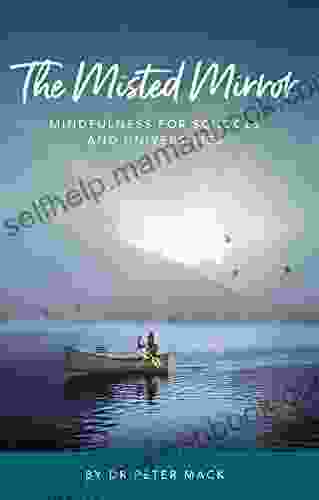
 Boris Pasternak
Boris PasternakThe Misted Mirror: Mindfulness for Schools and...
What is The Misted...

 Holden Bell
Holden BellEmbark on Thrilling Adventures in the Uncharted Depths of...
Unveiling the Enchanting...
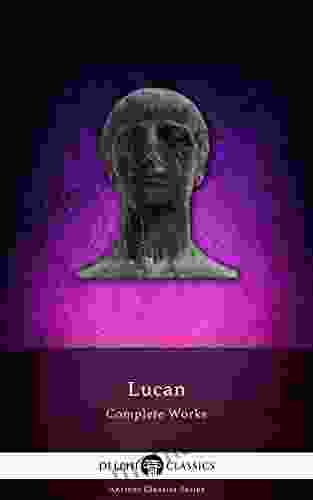
 Seth Hayes
Seth HayesDelphi Complete Works of Lucan: Illustrated Delphi...
This meticulously edited...

 Jackson Hayes
Jackson HayesThe Enigmatic Cat Burglar: Unraveling the Intriguing...
In the annals of crime, the name Bernie...
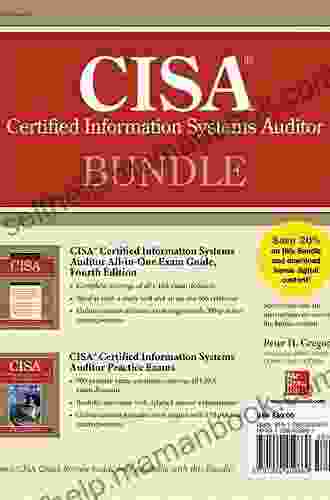
 Quentin Powell
Quentin PowellAligned With The Cisa Review Manual 2024 To Help You...
The CISA Review Manual 2024 is the most...

 Austin Ford
Austin FordUnlocking Revenue Potential: A Comprehensive Business...
In today's digital...
4.5 out of 5
| Language | : | English |
| File size | : | 13359 KB |
| Text-to-Speech | : | Enabled |
| Screen Reader | : | Supported |
| Enhanced typesetting | : | Enabled |
| X-Ray | : | Enabled |
| Word Wise | : | Enabled |
| Print length | : | 317 pages |


